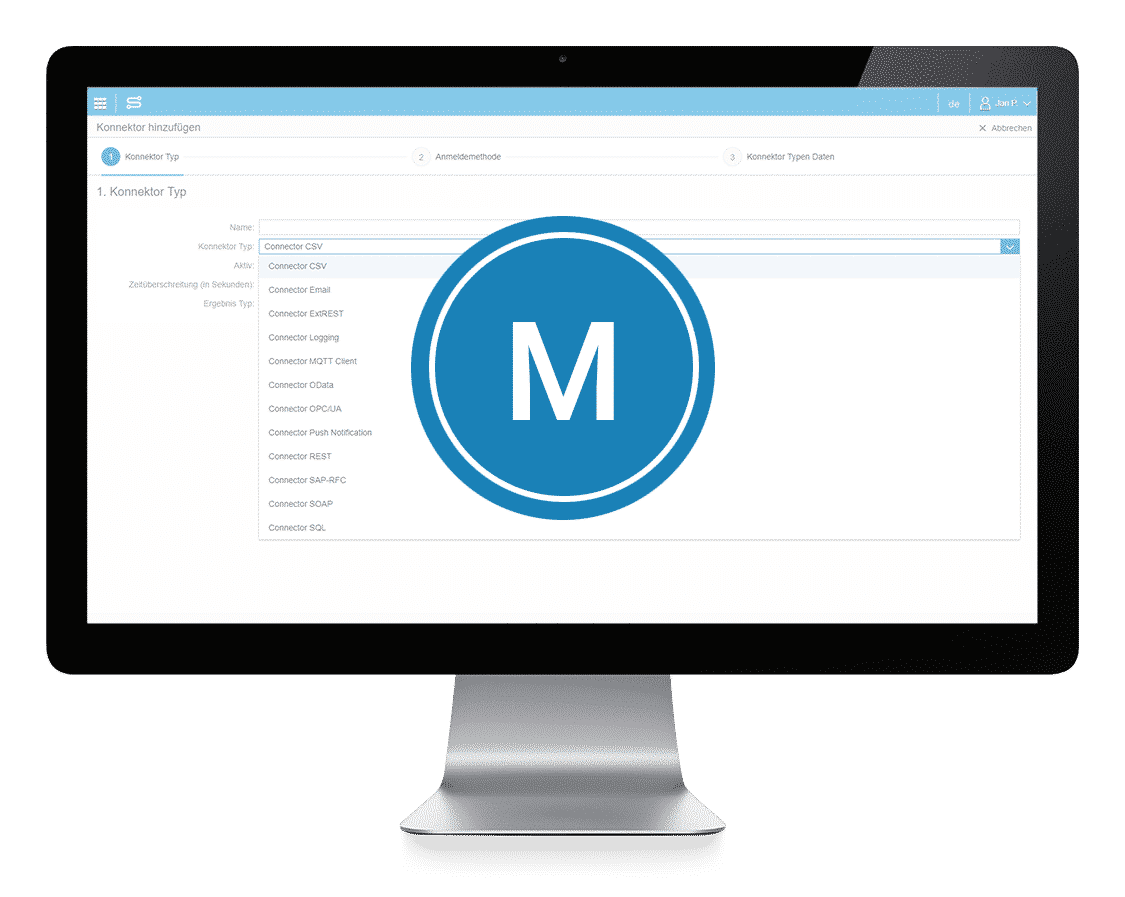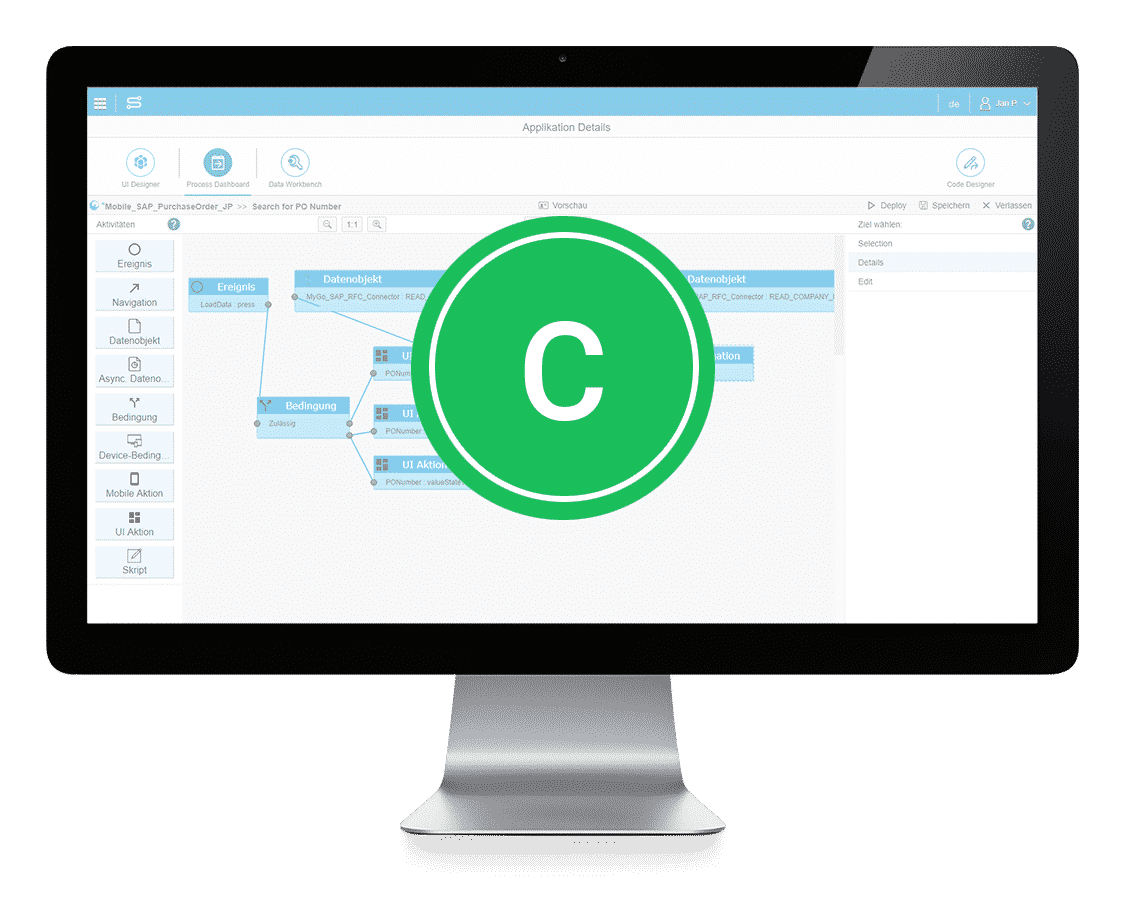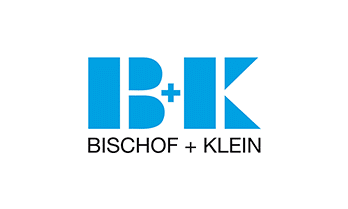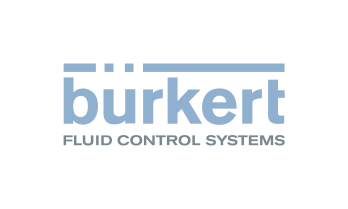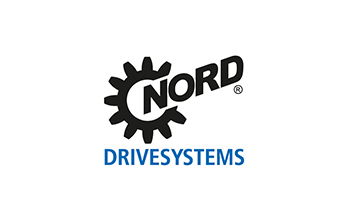standardized code quality
CHALLENGES FOR COMPANIES
The effort involved in creating software is often equivalent to a race against time. The increased time pressure leads to stress, missed deadlines, poor quality and ultimately dissatisfied users. Especially when creating the code, errors often occur in readability and consistency. The cause of the problem is the human being itself. Because where programming is done by human hands, mistakes happen. Software developers do not necessarily depend on laziness or a lack of discipline, but rather on professional experience and the skill set.
How many years has the developer been programming? Which code languages does he speak? What methodological knowledge has he acquired over time and what is his approach? And last but not least, does he structure the code properly? All these questions contribute to good code quality. Established coder principles such as “Don’t repeat yourself” (DRY) to avoid redundancies or the KISS principle (Keep it simple, stupid) should be applied.
For example, if several application developers are working on one code, it is often a mammoth task to unravel the bad code of other developers. Maintenance and extensibility are also not always easy, as every application developer has his own approach.
Lack of quality
Industry analyst Forrester Research defines eight challenges for companies when it comes to developing custom applications using traditional programming languages, frameworks and middleware.
One of the decisive factors is the poor quality.
What are the challenges your organization faces in building custom applications using traditional coding with programming languages, frameworks, and middleware?


THE PROBLEMS AT A GLANCE

HOW THESE PROBLEMS CAN BE SOLVED
AUTOMATION OF ROUTINE TASKS
By using low-code platforms, a variety of routine programming tasks can be automated. Developers do not always have to “code” the same forms or tables, but can only configure applications once to make them available on all end devices and operating systems.
Thanks to the low-code approach and the associated visual representation form, developers can delegate more work to departments. Accordingly, developers who choose low-code platforms are able to spend more time programming new technologies. This increases productivity.
PREDEFINED COMPONENTS
The quality of the source code also increases, as the sources of error are reduced due to the use of predefined modules and automatic code generation. A large part of the low-code development platforms consists in the fact that important functionalities are already preconfigured in modules that can be simply dragged and dropped to the desired location.
CONSISTENT CODE QUALITY WITH THE SIMPLIFIER
By using the Low-Code Platform Simplifier you achieve a consistent and maintainable code quality through automatic source code generation. We work according to the Model View Controller (MVC) principle. This separates the software into the three components data model, presentation and program control.
Data model
The data model represents the logical structure of the data within the application.
Showcasing
The presentation is responsible for displaying the data of the data model. This includes all elements that the user can see and react to. These include buttons and display boxes, for example.
Steering
The controller connects the data model with the presentation. This is used for communication between model and presentation.


